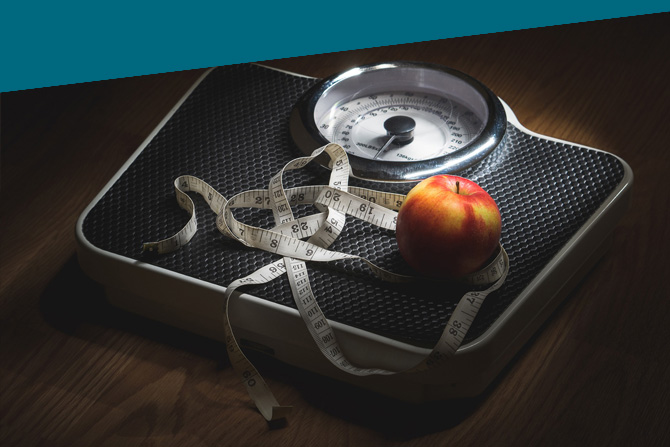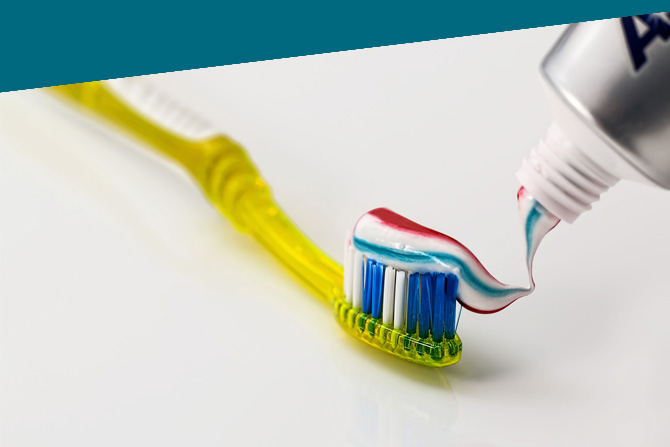Smartphone Safety: How to Avoid the Dangers of Cellphone Usage
June 25, 2018

OK. Put down your cell phone, tablet or other gizmo and take a few minutes to read this. It’ll help you avoid some common dangers of smartphones and having too much “tech” in our lives. Yes, these devices have brought new heights of convenience, sharing, productivity and even fun. But, like anything else, there are downsides to consider and be prepared for.
The National Safety Council has reported that some 1.6 million traffic accidents per year can be linked to texting while driving. And how about the embarrassing, but potentially dangerous, instances of people literally walking into walls or other people, or off the curb into traffic.
And how about the workplace?
In an article last year, Computerworld magazine reported that U.S. users were spending more than five hours per day using their smartphones and the time spent using mobile apps had increased 69% in a single year from 2015 to 2016. They referred to a generation of “iGen kids” entering the workforce and noted that some employers said smartphones degrade the quality of work, lower morale, interfere with the boss-employee relationship and cause employees to miss deadlines.
In the case of smartphone safety, ignorance is definitely not bliss!
What Can Happen?
A lot of attention is given to concerns about smartphones when it comes to children and teenagers. But adults should take heed as well. Here are some negative effects we should all consider:
For Children & Teens
- Changes in neural pathways in the very young that can hinder development of concentration, self-esteem and emotional bonding
- Craving for instant gratification and lack of impulse control, which can be traits of an addictive personality
- Tantrums and conflict between parents and children when it’s time to turn off the device
- Impeded learning ability, distracted attention and decreased creativity
- Reduced social skills and ability to interpret communication cues like voice inflection, body language, facial expression leading to social anxiety
- Vulnerability to cyberbullying and other emotional distress
For Everyone
- Disrupted sleeping patterns due to the blue light emitted by screens
- Lack of physical exercise leading to potential for obesity
- Desensitization to violence, meanness and aggressiveness
- Poor posture and lack of movement leading to pain, muscle spasms or chronic diseases
- Too much focus on a screen leading to muscle pain, headache, neck and spinal problems, arthritis, thumb and wrist problems, dry eye syndrome
- Reduced attention span and ability to focus
- Reduced connections with family and friends
- Identity theft through spyware, forgetting to log out, not protecting passwords
- Viruses and bacteria picked up on the surface of the device
- Interference with other electronic devices like pacemakers or hearing aids
What Can We Do?
To address these kinds of issues, the first step is realizing that a problem exists. That’s where something called “situational awareness” comes in. Unfortunately, the term is commonly applied to terrible situations like crimes and school shootings. But it’s applicable to everyday life as well and can help us avoid letting our devices rule our lives.
Situational awareness can be defined simply as the ability to identify, process and comprehend information. And the good news is that you can develop the skill with a little practice.
BeSurvival.com outlines specific steps for improving your situational awareness:
- Observe and identify things going on around you
- Learn to predict events based on your experience
- Trust your feelings but watch out for emotional distractions
- Limit situational overload and distractions
- Avoid complacency and stay vigilant
- Be aware of time and the pace of change in your environment
- Evaluate situations through pattern recognition, interpretation and evaluation
- Prevent fatigue by varying work routines and getting enough sleep
- Continually assess situations and adapt to changes
- Monitor changes in the performance of others
A key concept here is becoming more aware in the moment and paying attention. Meditation and mindfulness training are good ways to enhance clear thinking and attentiveness. You can also strengthen the ability to handle more information at the same time to help you process situations and what to do. And you can even make the effort fun and collaborative. Try identifying things around you as you walk with family or friends. Or take turns looking at a photograph then remembering what you saw.
Smartphones have added some wonderful dimensions to our experiences. Knowing the pitfalls and the techniques for avoiding them will help you make the world of technology one of health, productivity and enjoyment.








